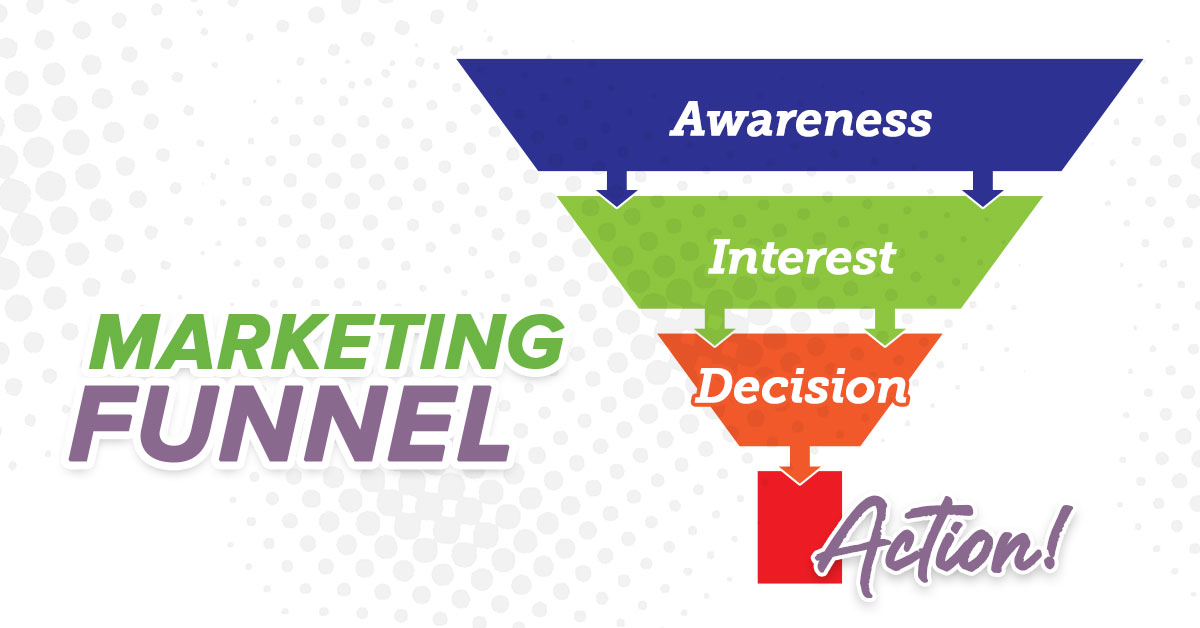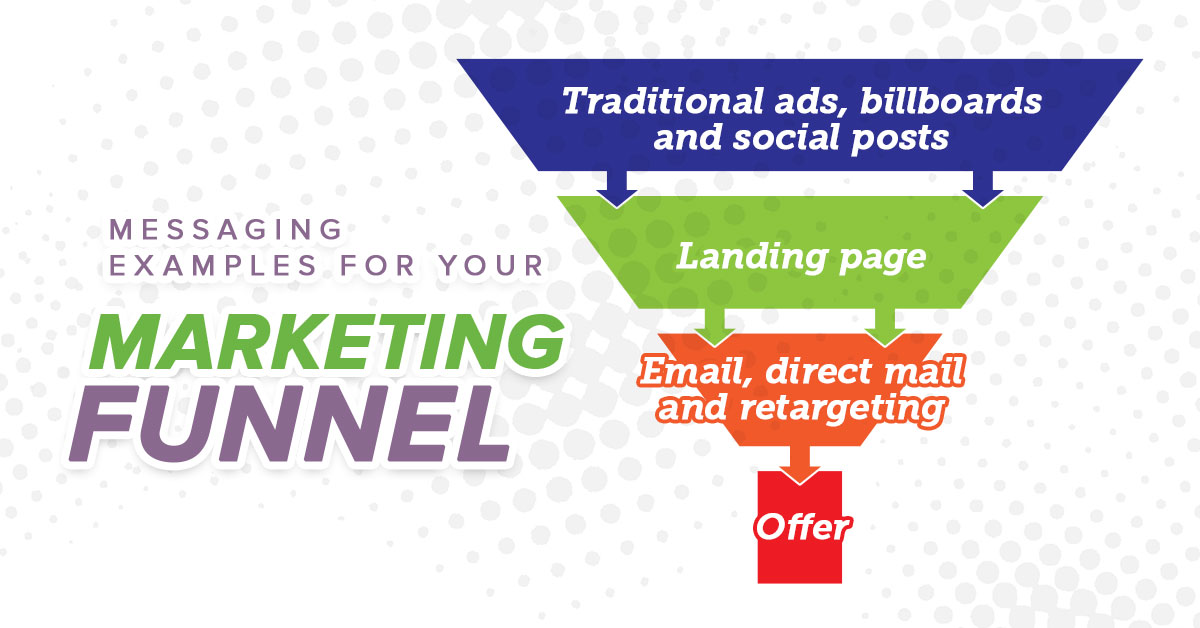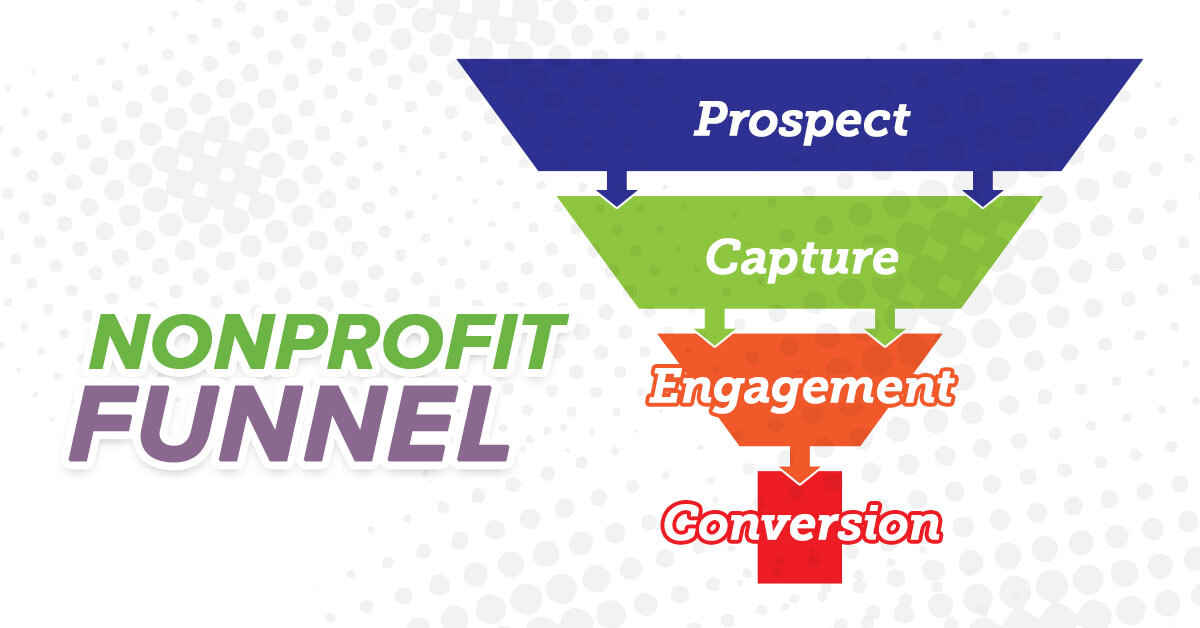Find treasure at the end of the marketing funnel
Think of a treasure map. You start at the beginning, take so many steps this way and so many steps that. If all goes well, you find your way to “X,” the location of the buried treasure.
Like a treasure map, the marketing funnel represents a journey, the path from prospect to customer, participant or donor. Whether you call it a sales funnel, donor funnel or cultivation funnel, your job is the same: to guide prospects from start to finish.
Why a funnel? Because there are lots of prospects in the beginning, but the pool narrows as you go along.
What is a Marketing Funnel

Four parts of the traditional funnel
• Awareness — You first catch someone’s attention, maybe through an advertisement, Google search or social media post.
• Interest — The prospect does research, comparison shops and seeks a solution to a problem or need. You establish your expertise with content that informs the prospect.
• Decision — The prospect is ready to commit. You help with an offer like free shipping, a promotional item or a value-packed webinar.
• Action — The prospect hits the “purchase” or “donate” button or signs up for your program.
Sound simple? If it was, it wouldn’t be a funnel — everyone who started the journey would make it to the end. The right tactics, however, can improve the number who move from one stage to the next.

Match your messaging to funnel stages
Guiding a prospect through the marketing funnel is like a courtship. There’s a time for flowers and a time for the engagement ring. You have to send the right message at the right time. Messaging tactics can include:
• Traditional ads, billboards and social posts — These are good ways to capture attention and lure leads into your funnel.
• Landing page — If they show interest, direct them to a specific page of your website for more information.
• Email, direct mail and retargeting — Educate prospects with a steady drip of communication to overcome their objections.
• Offer — Give them a special bonus that encourages them to commit.
Blogs and videos can be good, too, as long as the messaging becomes increasingly targeted as the funnel narrows.

Funnels aren’t just for sales
Even if your organization doesn’t think in terms of products and sales, the funnel approach is just as valid. Your “product” might be strong kids or a healthy community, and a donation or program signup might constitute a “sale.”
The traditional funnel easily adapts to nonprofit organizations, or you can use this one:
• Prospect — Prospects enter the funnel through your website, a live event or pledge drive.
• Capture — You capture their contact information in exchange for something like your newsletter or event discounts.
• Engagement — Engage them with an outreach campaign that helps them learn about your group without being too aggressive.
• Conversion — Convert prospects with a powerful story about how their donation will help.
Don’t forget about aftercare
Whichever funnel you choose, your work doesn’t stop after Step 4. By keeping in touch, showing your appreciation and addressing any concerns, you can convert a customer into a repeat customer or a supporter into an evangelist for your organization. That’s where the real treasure lies!
Too many leaks in your funnel? Contact IdeaBank for a program that will keep prospects moving from start to finish.
